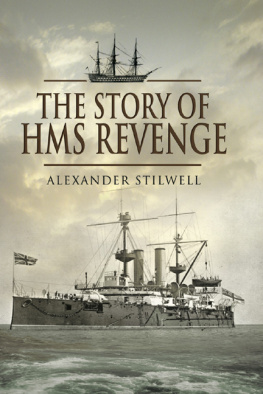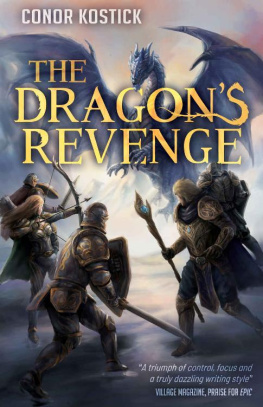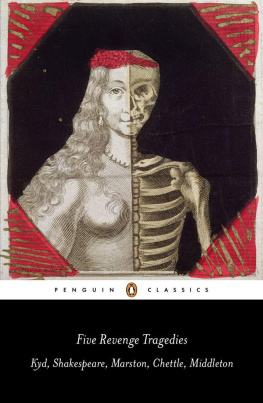For Sarah, William, Olivia and Philippa
First published in Great Britain in 2009 by
Pen & Sword Maritime
an imprint of
Pen & Sword Books Ltd
47 Church Street
Barnsley
South Yorkshire
S70 2AS
Copyright Alexander Stilwell, 2009
ISBN: 978-1-84415-981-9
eISBN: 9781844685066
The right of Alexander Stilwell to be identified as Author of this Work has been asserted by him in accordance with the Copyright, Designs and Patents Act 1988.
A CIP catalogue record for this book is available from the British Library.
All rights reserved. No part of this book may be reproduced or transmitted in any form or by any means, electronic or mechanical including photocopying, recording or by any information storage and retrieval system, without permission from the Publisher in writing.
Typeset in 11/13pt Sabon by Concept, Huddersfield, West Yorkshire
Printed by the MPG Books Group in the UK
Pen & Sword Books Ltd incorporates the Imprints of Pen & Sword Aviation, Pen & Sword Maritime, Pen & Sword Military, Wharncliffe Local History, Pen & Sword Select, Pen & Sword Military Classics, Leo Cooper, Remember When, Seaforth Publishing and Frontline Publishing.
For a complete list of Pen & Sword titles please contact
PEN & SWORD BOOKS LIMITED
47 Church Street, Barnsley, South Yorkshire, S70 2AS, England
E-mail: enquiries@pen-and-sword.co.uk
Website: www.pen-and-sword.co.uk
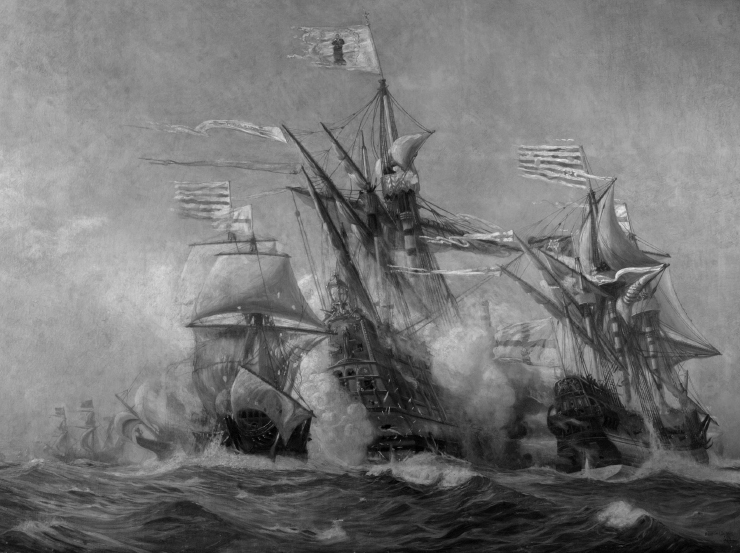
W.L. Wyllie captures the spirit of the Armada with this scene in which a Spanish galleon (centre) is fired upon by two English galleons. The ship on the right may be intended by the artist to be HMS Revenge . (Royal Naval Museum)
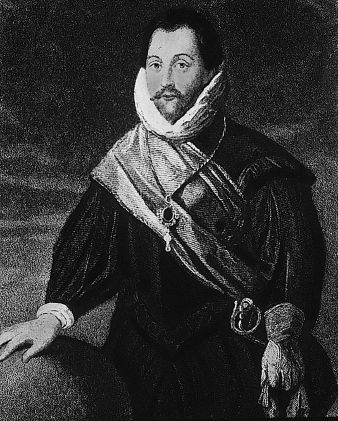
Sir Francis Drake (1540-96) was the captain of HMS Revenge at the time of the Armada. Probably the most famous English sea captain alongside Nelson, his name reverberates down the ages to the sound of Drakes drum. (Royal Naval Museum)

Infante Dom Henrique, Duke of Viseu (1394-1460). Popularly known as Prince Henry the Navigator, he was the son of King John I of Portugal and the English princess Philippa of Lancaster, daughter of John of Gaunt. Henry had huge influence on the early European voyages of discovery by fostering the development of maps and navigational aids such as the astrolabe and developing more seaworthy ships such as the caravel. All these initiatives would influence the explorations of the English navigators, including Drake, while the design of the caravel influenced the design of the first Revenge . (Royal Naval Museum)
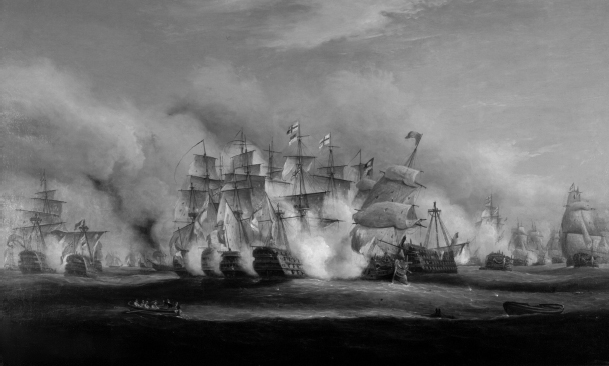
Ships locked in battle at Trafalgar in a painting by Thomas Luny. After the Armada, this was perhaps the most critical naval battle in British history, though by the time it was fought the immediate threat of invasion by Napoleon had passed. (Royal Naval Museum)
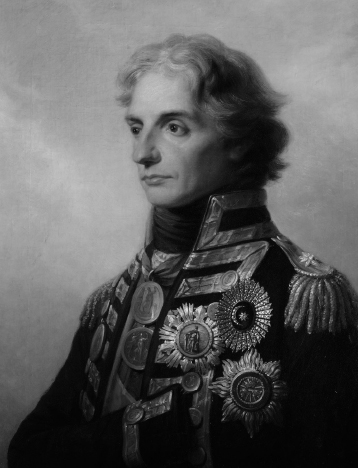
Admiral Lord Nelson by Friedrich Heinrich Fuger. Nelson embodied the spirit of individual initiative which had its roots in the derring do of the Elizabethan Navy Royal, and which meant that the pre-eminence of the Royal Navy in the nineteenth century and beyond was not entirely based on size. (Royal Naval Museum)
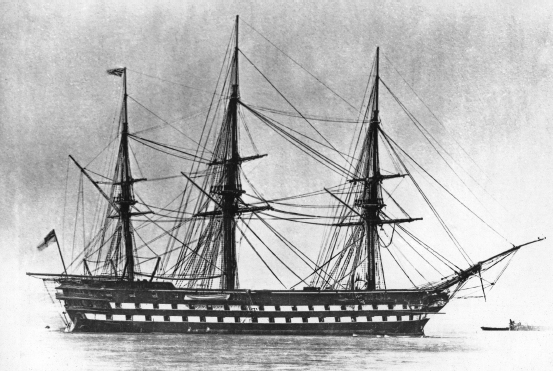
HMS Revenge as a 91-gun, screw-powered, second-rate two-decker, launched in 1859. She served in the Channel Squadron and made various expeditions to the Mediterranean and to American waters before becoming flagship of the Port Admiral at Queenstown. (Royal Naval Museum)
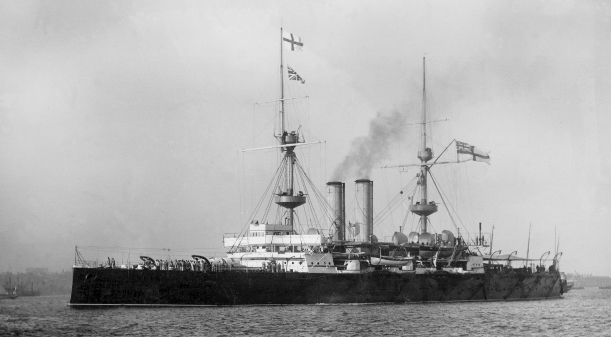
The Royal Sovereign class battleship HMS Revenge launched on 3 November 1892. The understated power of the Royal Sovereign class battleships was emblematic of the British Empire in its heyday. Designed by Sir William White, these were the most powerful ships afloat prior to the creation of HMS Dreadnought . (Royal Naval Museum)

HMS Revenge (left) sails out to meet the German High Seas Fleet at Jutland on 31 May 1916. Although she was barely run in, HMS Revenge was once again present at a critical battle in British history, in this case the largest naval battle ever to be fought. (Imperial War Museum SP604)

HMS Revenge as a Revenge class battleship in all her pristine glory. At Jutland and during the inter-war years she could influence policy both at sea and ashore. By the Second World War, however, although she remained a formidable presence, she could barely keep pace with newer and faster battleships. (Royal Naval Museum)

A range-finder team watch the fall of shot in the crows nest of HMS Revenge . (Imperial War Museum A1513)
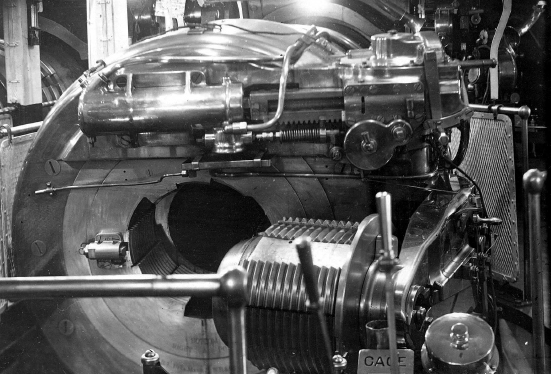
The breach of a 15in MKI naval gun as fitted to HMS Revenge in 1913. The gun could fire a 1,920lb (871kg) shell at a range of 32,500 yards (29,720m). (Royal Naval Museum)

HMS Revenge leaving Portsmouth harbour, accompanied by a destroyer, by Richard Ernst Eurich. The painting underlines the sterling work of HMS Revenge in bolstering home defences. Despite being comparatively old by the Second World War, HMS Revenge retained a strong image in the national consciousness. ( National Maritime Museum, Greenwich, London)
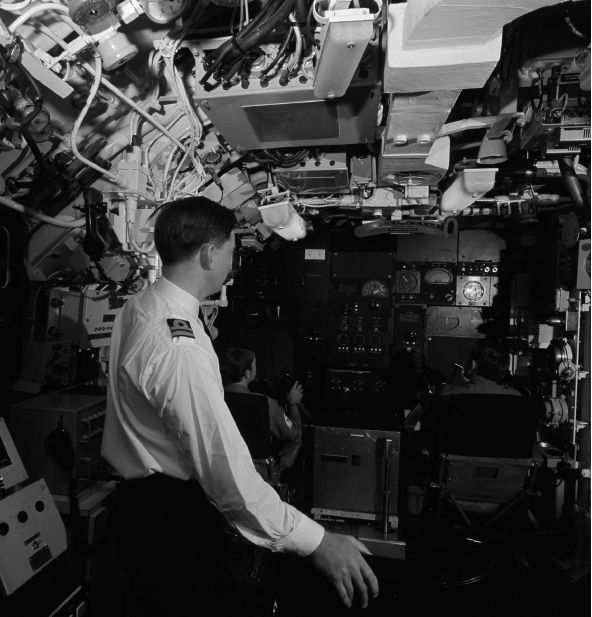
Two planesmen guide the nuclear submarine HMS Revenge somewhere deep in the oceans. They have no visual references other than the instruments all round them. (Imperial War Museum TR42813)
Acknowledgements
I would like to thank the family of the late John Winton and Constable & Robinson Ltd for allowing me to draw on his research for the Smerwick operation, Armada and part of the Dutch wars.

